Five sessions at the American Planning Association’s national conference highlight county plans for parks, bikes, traffic safety, placemaking and community resilience
“Planning Connects Us” was the theme of the American Planning Association’s national conference, held from April 13 through April 16, 2019 at the Moscone Center in San Francisco. At the event, Montgomery Planning staff connected with planners from across the country in discussing shared concerns over equity, placemaking, traffic safety and other hot topics.
We continue to be out front on many important issues, as revealed in our five sessions at the conference. Staff received great feedback from many of the attendees who traveled to the City on the Bay to learn about the planning profession’s latest trends and tools. Here’s recap of our sessions:
Access and Experiences, Not Acres
Chris McGovern of Montgomery Planning’s Information Technology and Innovation Division and landscape architect Christina Sassaki of Montgomery Parks explained the cutting-edge Energized Public Spaces Functional Master Plan and Park Rx Program for improving health through outdoor activities. They showed how the plan relies on data-driven analyses to consider walking access to amenities compared to the populations served. The intent is to provide a balance of public spaces for social gatherings, active recreation and contemplative relaxation.
Countywide Bicycle Plans – Riding the Momentum
In this session, Montgomery Planning’s David Anspacher, who led Montgomery County’s Bicycle Master Plan, and Peter Gray from the Washington Area Bicyclist Association joined planners from Silicon Valley to highlight their approaches to suburban bicycle planning. Making the vision a reality requires collaboration with local employers, developers, community members and advocates, and the session highlighted the contributions needed to make the cultural shift from cars to bikes.
Enhancing Community Resilience Through Comprehensive Planning
Deputy Director Tanya Stern and her former colleagues at the DC Office of Planning discussed the creation of new resilience policies as part of the Comprehensive Plan Amendment Cycle underway. The city is vulnerable to natural and human-made hazards, and chronic stresses, such as access to affordable housing. Many of the strategies covered in this session will be part of Montgomery County’s General Plan Update to upgrade the planning framework for the county.
From Parking Lots to Places
This session focused on the power and possibilities of the collaborative placemaking process in transforming suburban parking lots and strip malls into exciting, people-oriented places. Area 2 Chief Planner Carrie Sanders and planner Atul Sharma related their experiences in creating memorable places in Montgomery County through events such as the 2018 White Flint Placemaking Festival. They showed how placemaking can be used to reinforce community identity, inspire innovation in design and planning, and improve the quality of development.
Vision Zero: Suburban Challenges, Suburban Solutions
This session presented strategies for applying Vision Zero policies to suburban communities, where traveling quickly over long distances has been prioritized in the past. David Anspacher and Jessica McVary from Montgomery Planning and Andrew Tsai from Montgomery Parks drew on their planning experiences to improve safety and eliminate traffic fatalities and severe injuries. They discussed ways of implementing short-term solutions to address immediate safety concerns and long-range community improvements through the Veirs Mill Corridor Master Plan and the Capital Crescent Trail Crossing at Little Falls Parkway.
For more information about the sessions at the APA’s 2019 National Conference, consult the organization’s website.
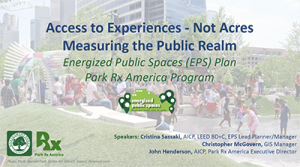
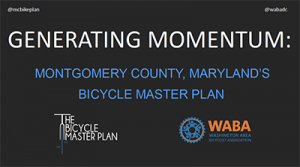
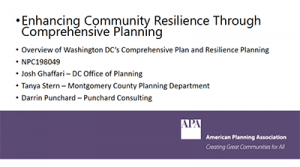
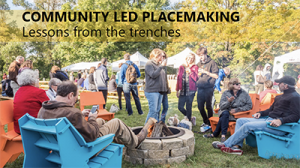
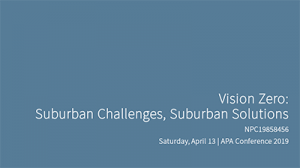
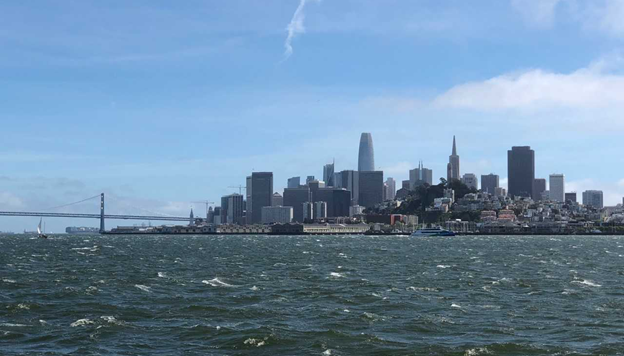
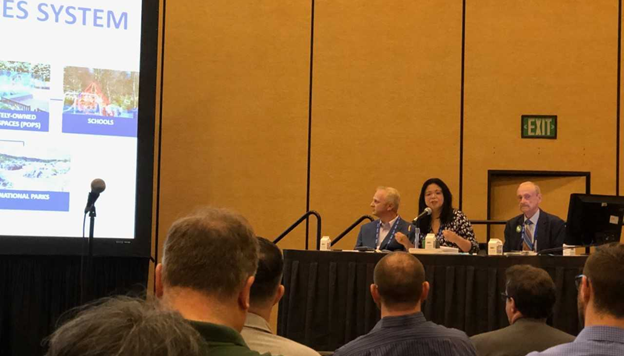
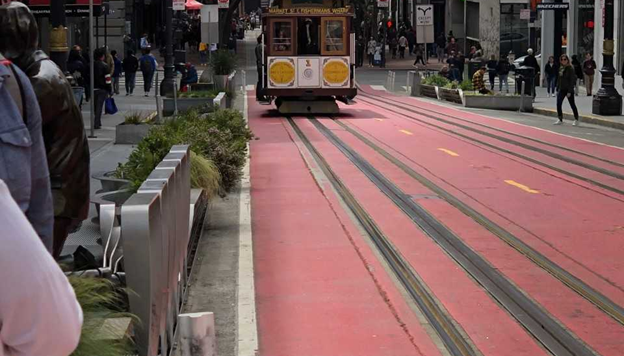
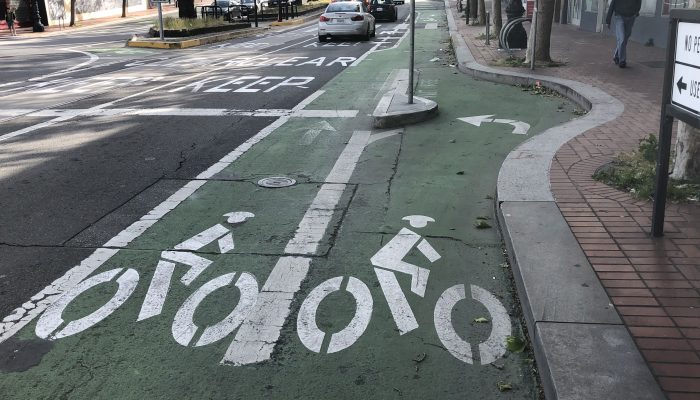
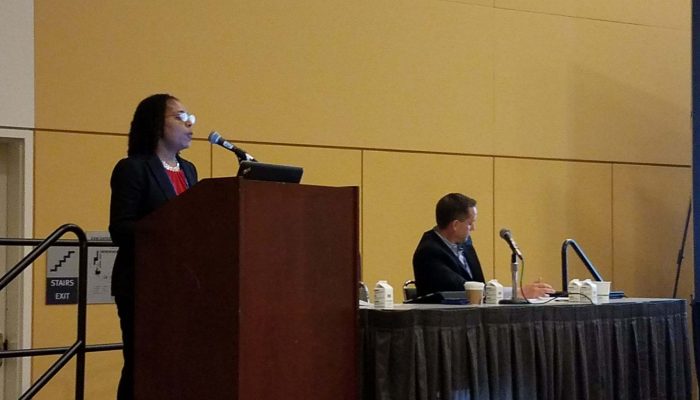
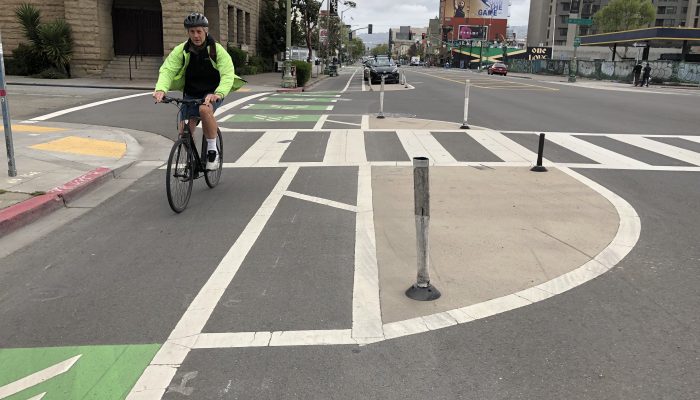
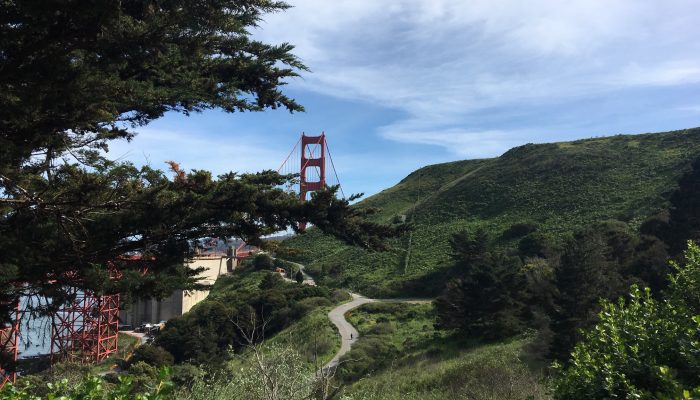
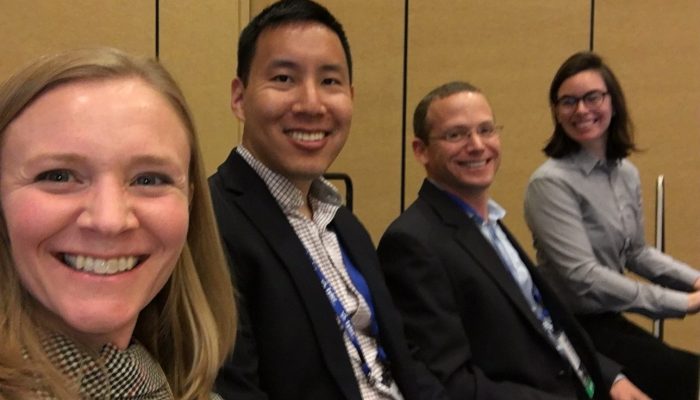
Robert Smythe
How about coming home to focus on the increasingly impossible traffic situation in Bethesda and the excessive building of more and more office and residential units with little to no consideration being given to the consequences for traffic and further loss of public open spaces??